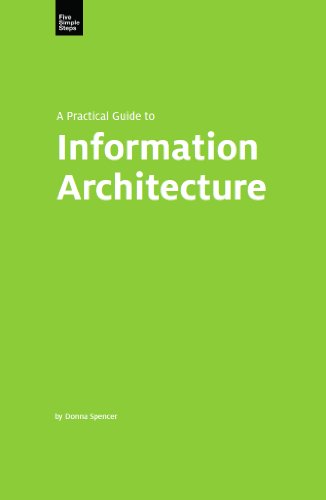Bad designs have real consequences. I’ve lost my groceries and almost lost my bank card because of — well, bad designs.
Continue readingCategory: Interaction Design
How Inspiration from Nature Makes for Better Designs
Many of us love Apple’s products because they are delightful to use. If we observe a bit carefully, it’s not hard to see how their designers think: They are constantly inspired by nature, which informs not just the visuals (i.e. skeuomorphism), but also interactions.
Continue readingThe Next-Level of User-Friendliness
A complex software application often involves multiple personas, several user journeys, and complicated interactions between different user groups. Without a thoughtful design, these complexities can be overwhelming and frustrating: Users are forced to deal with a cluttered UI with overloaded features, or to search for an obscure button or command, or to figure out a user flow that’s hard for laymen to understand. As a result, they get lost while using the software and are forced to seek help or go through trainings.
Instead of forcing the users to learn and adapt, how can we design an application in such as way that it proactively tries to help the users? Well, one way to do that is to predict the user intent using various contextual cues, such as the user’s skill level, the content the user is working on, etc, and present the right features at the right stage of the user journey through an adaptive UI.
Continue readingUX Nuggets: User Mental Model
In user experience design, if you want to go beyond visuals and move to the next level, a critical concept you’ll need to know is the user mental model, because it can help you create smooth interactions.
Continue readingLearnings from Reading A Practical Guide to Information Architecture
Information architecture, or IA, is a term that you’ve probably come across quite often if you’re in the experience design field, but what exactly is IA? What is the relationship between IA and navigation? And what are the things that we need to keep in mind if we want to construct a good IA for our project?
These were some of the questions I used to have about IA, and the book A Practical Guide to Information Architecture, written by Donna Spencer, provides answers to these questions.
Continue reading
